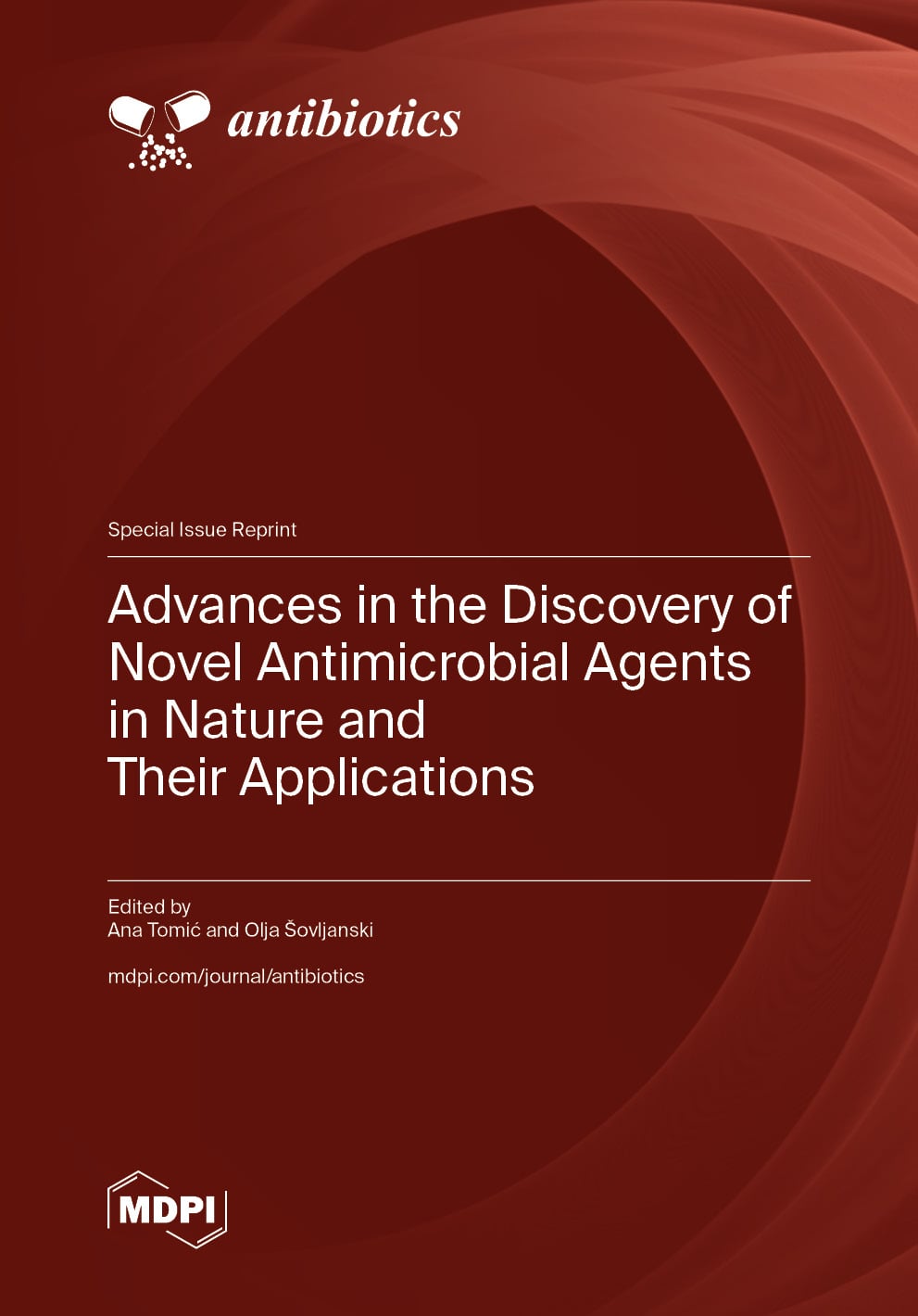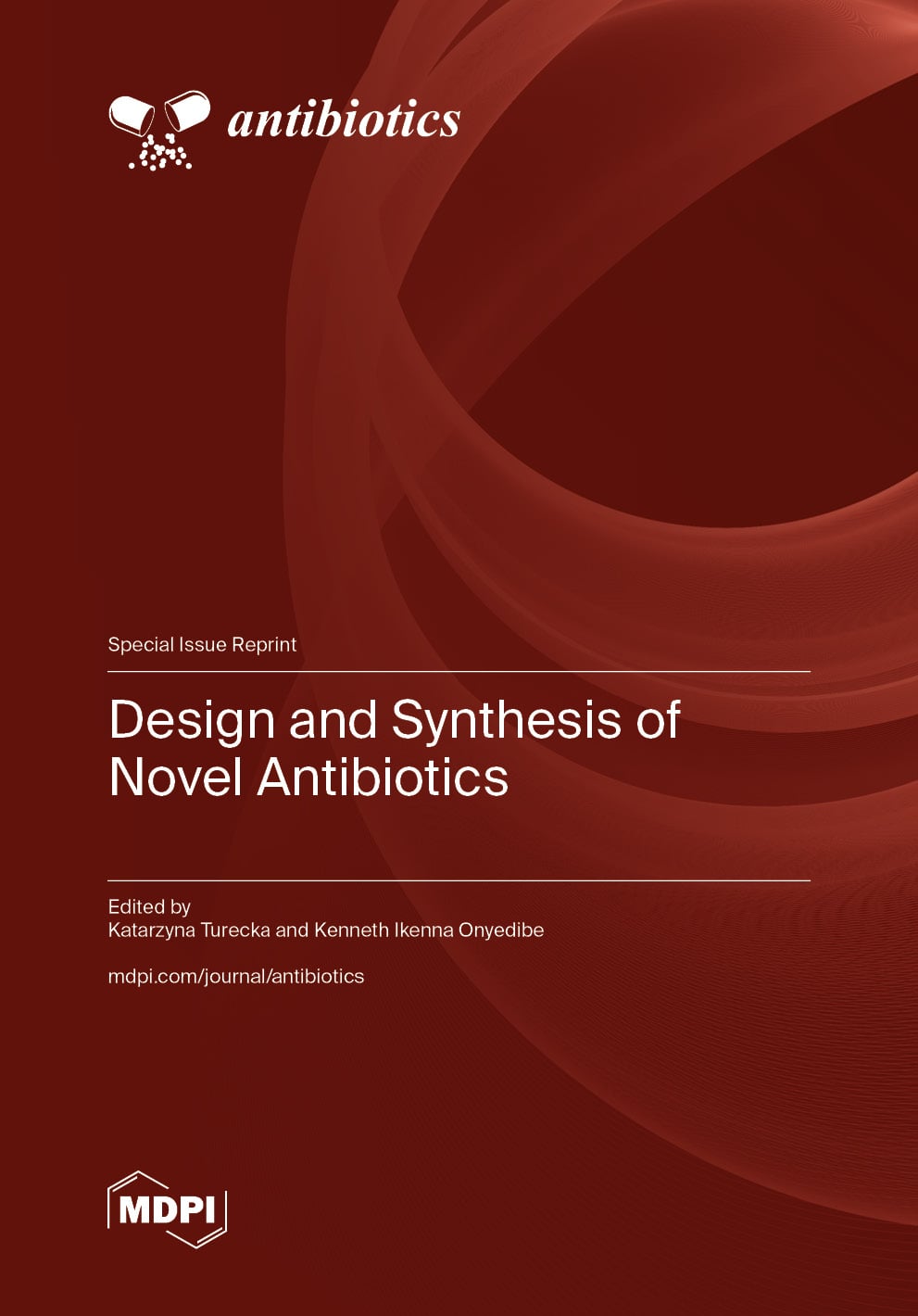- 4.6Impact Factor
- 8.7CiteScore
- 15 daysTime to First Decision
Antibiotics
Antibiotics is an international, peer-reviewed, open access journal on all aspects of antibiotics, published monthly online by MDPI.
The Croatian Pharmacological Society (CPS) is affiliated with Antibiotics and its members receive discounts on the article processing charges.
Indexed in PubMed | Quartile Ranking JCR - Q1 (Infectious Diseases | Pharmacology and Pharmacy)



